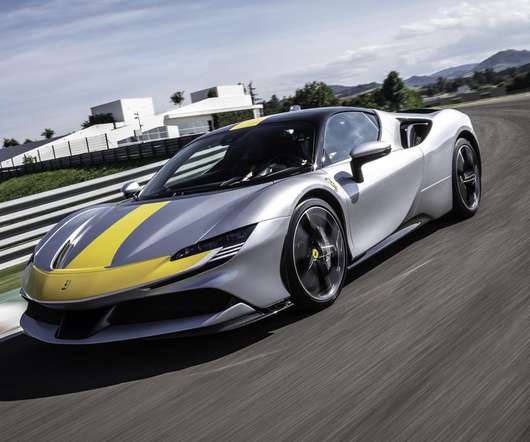ICCT working paper highlights benefits of current and emerging light-duty diesel technology; “promising pathway for compliance”
Green Car Congress
JULY 11, 2017
Diesel vehicles have had a rough time penetrating the US light-duty vehicle market, reflecting outdated negative perceptions, higher fuel prices for diesel than for gasoline, the cost of complying with stringent US emission standards, and rapidly improving gasoline engines. The new diesel paper is part of this series. Background.
































Let's personalize your content